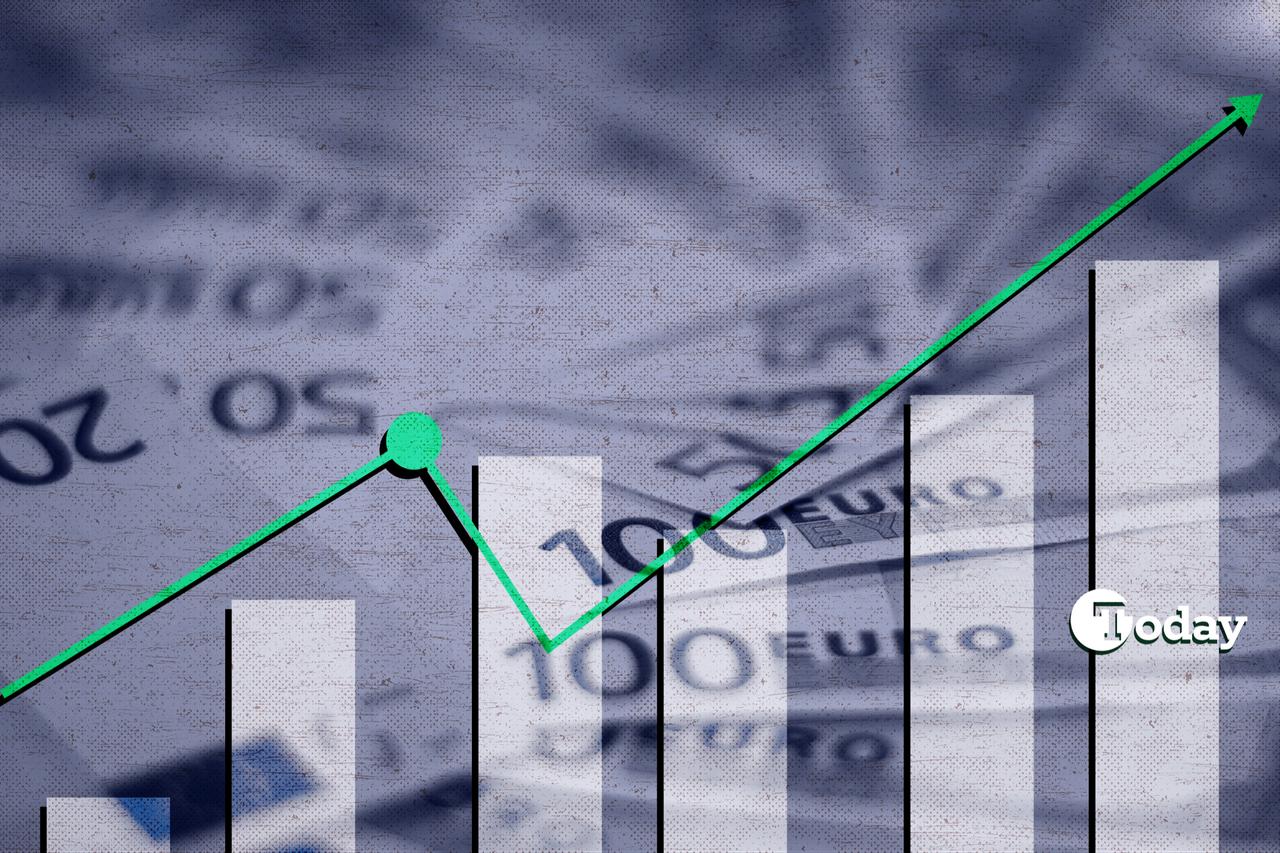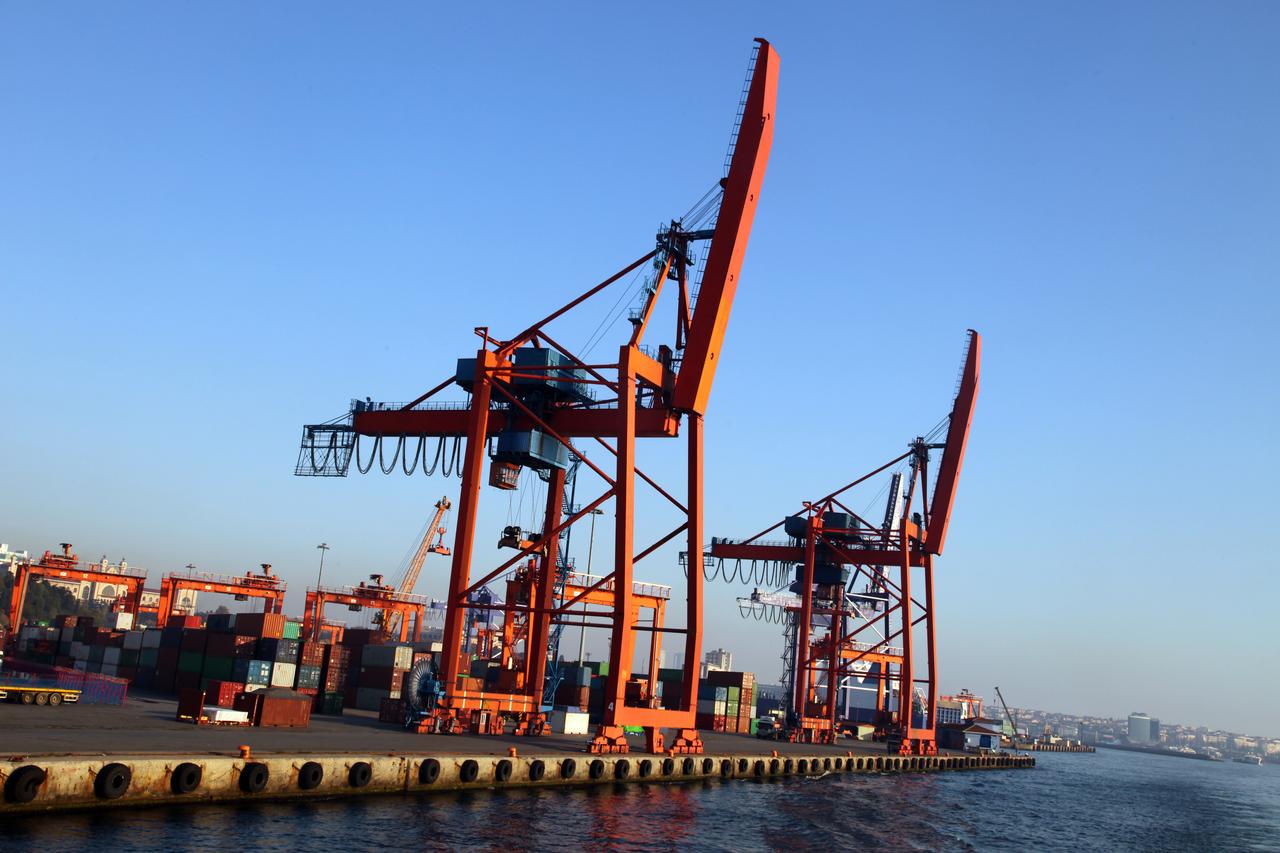
Turkish exporters praise the recent appreciation of the euro against the Turkish lira—surpassing 24% since March—has brought much-needed relief, boosting order volumes and supporting production across key sectors.
As of Monday at 1 p.m., the euro to Turkish lira exchange rate was around 47.1543, marking a daily gain of 0.53%.
Exporters say the stronger euro has had a direct impact on Türkiye’s industrial activity, as the European Union remains Türkiye’s largest export market, accounting for $216 billion in annual trade, according to the Trade Ministry.
Yavuz Eroglu, chair of Union of Chambers and Commodity Exchanges of Türkiye's (TOBB) Plastics, Rubber, and Composites Industry Assembly, said the euro’s rise has been a driving force behind the recent uptick in exports and production. “There’s strong movement in production and exports right now,” he told the business-focused ekonomim.com. However, he added that high interest rates and continuing tight liquidity conditions continue to restrict exporter flexibility.
Seref Fayat, head of TOBB’s Apparel and Textile Industry Assembly, said the euro-dollar parity shift helped the sector avoid a sharper decline. “About 72% of our exports go to Europe, including the British pound parity has helped reduce the flow of negative news,” he said. Still, he warned that input costs remain elevated, limiting the broader benefit.

Burak Onder, head of the Turkish Housewares Association (ZUCDER), said the euro’s rise added roughly $1.25 billion to export figures in the first half of the year. He noted the second quarter was more active than the first, driven mainly by defense, automotive, and electronics. “There is some recovery, but it’s too early to say conditions have fully improved,” he said.
In metals, Cetin Tecdelioglu, chair of the Istanbul Ferrous and Non-Ferrous Metals Exporters' Association, said the stronger euro brought a temporary boost to exporters serving Europe, though financing remains a major obstacle.
“The exchange rate helped offset some costs, but high interest payments continue to strain exporters,” he said.
Automotive Manufacturers Association (OSD) head Cengiz Eroldu confirmed an improvement in output and exports during the second quarter, despite the slowdown at the start of the year.
In June alone, total vehicle production stood at 107,927 units, including 63,918 passenger cars, OSD data showed. Total automotive output in the first half of the year reached 706,422 units, roughly in line with the same period in 2023.
Automotive exports rose 31.3% year-over-year to $3.34 billion in June, while passenger car exports increased 23.5% to $1.01 billion. In the first half of the year, total automotive exports climbed 13% to nearly $20 billion, maintaining the sector’s position as Türkiye’s top export category.
He said the industry expects to match or exceed last year’s production levels in 2024, depending on conditions in the coming months.